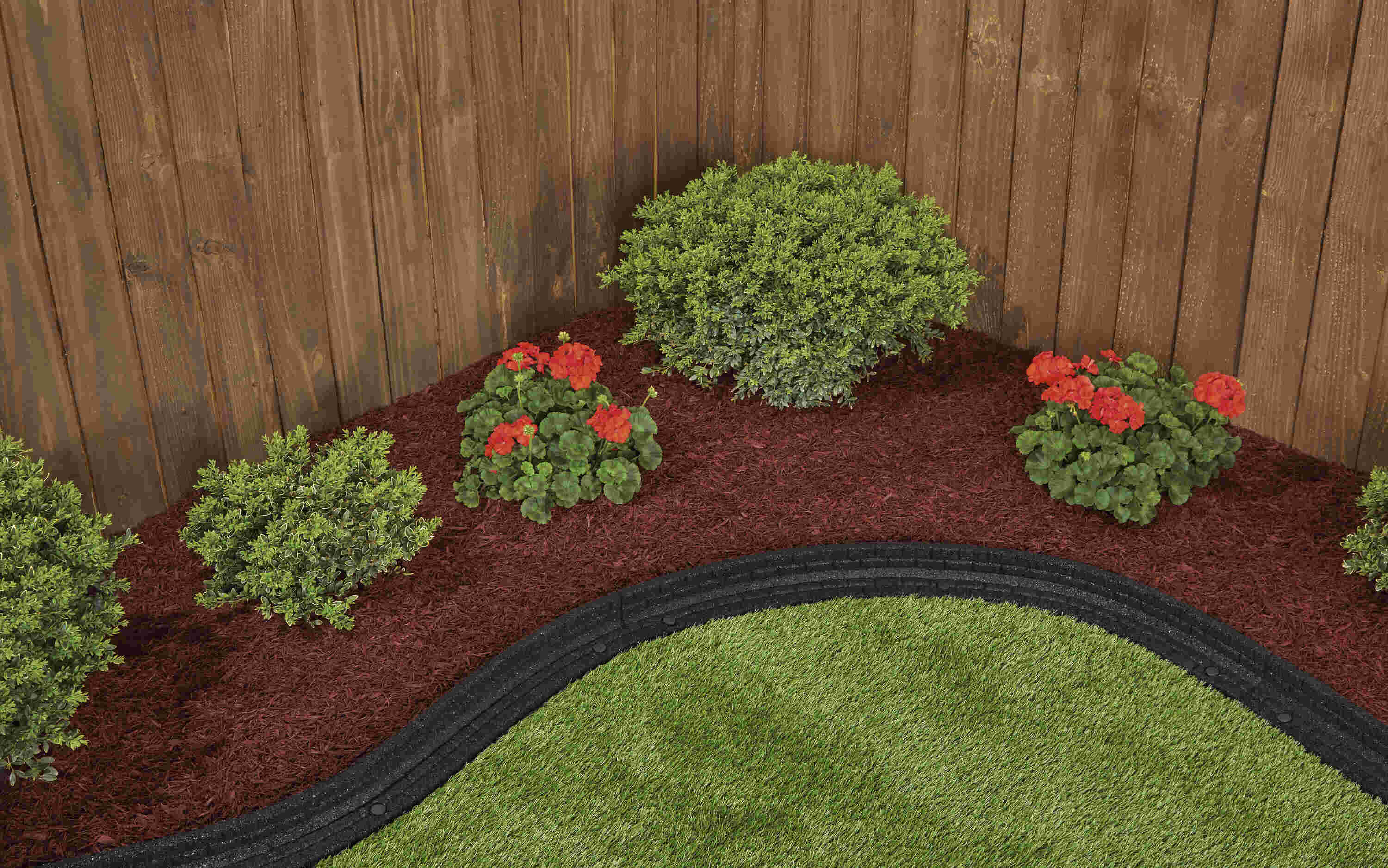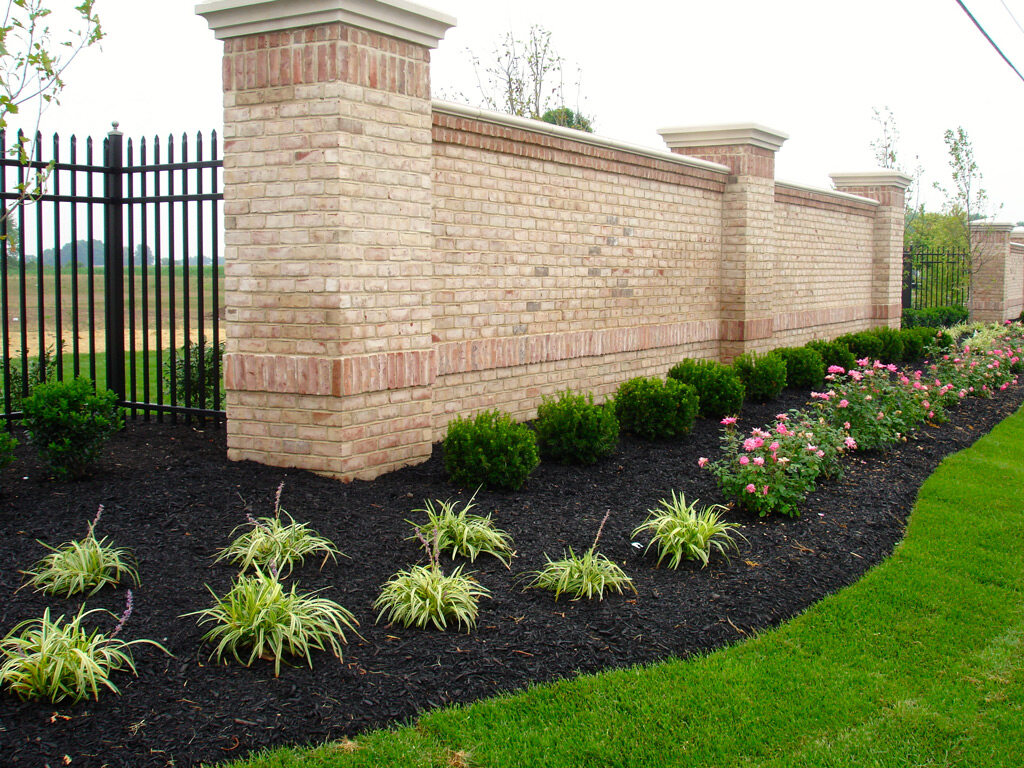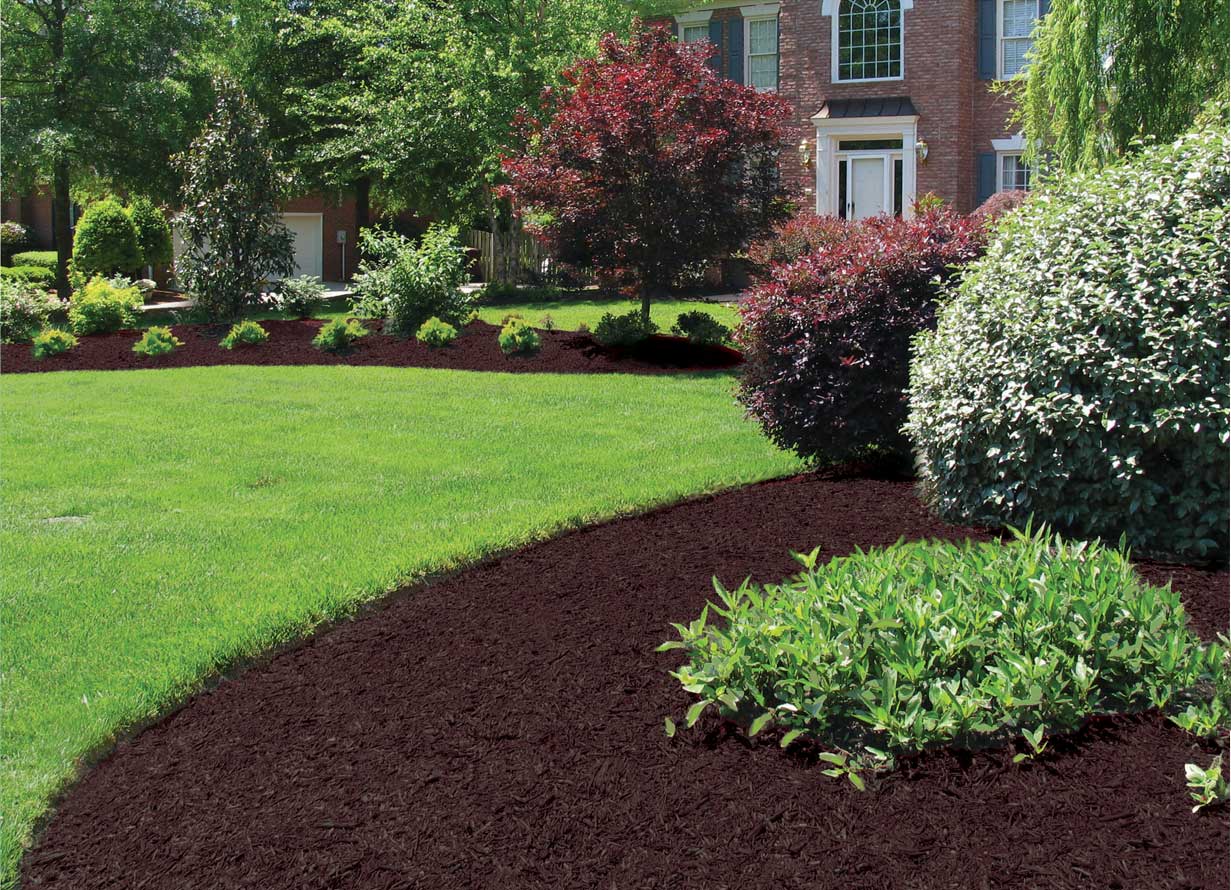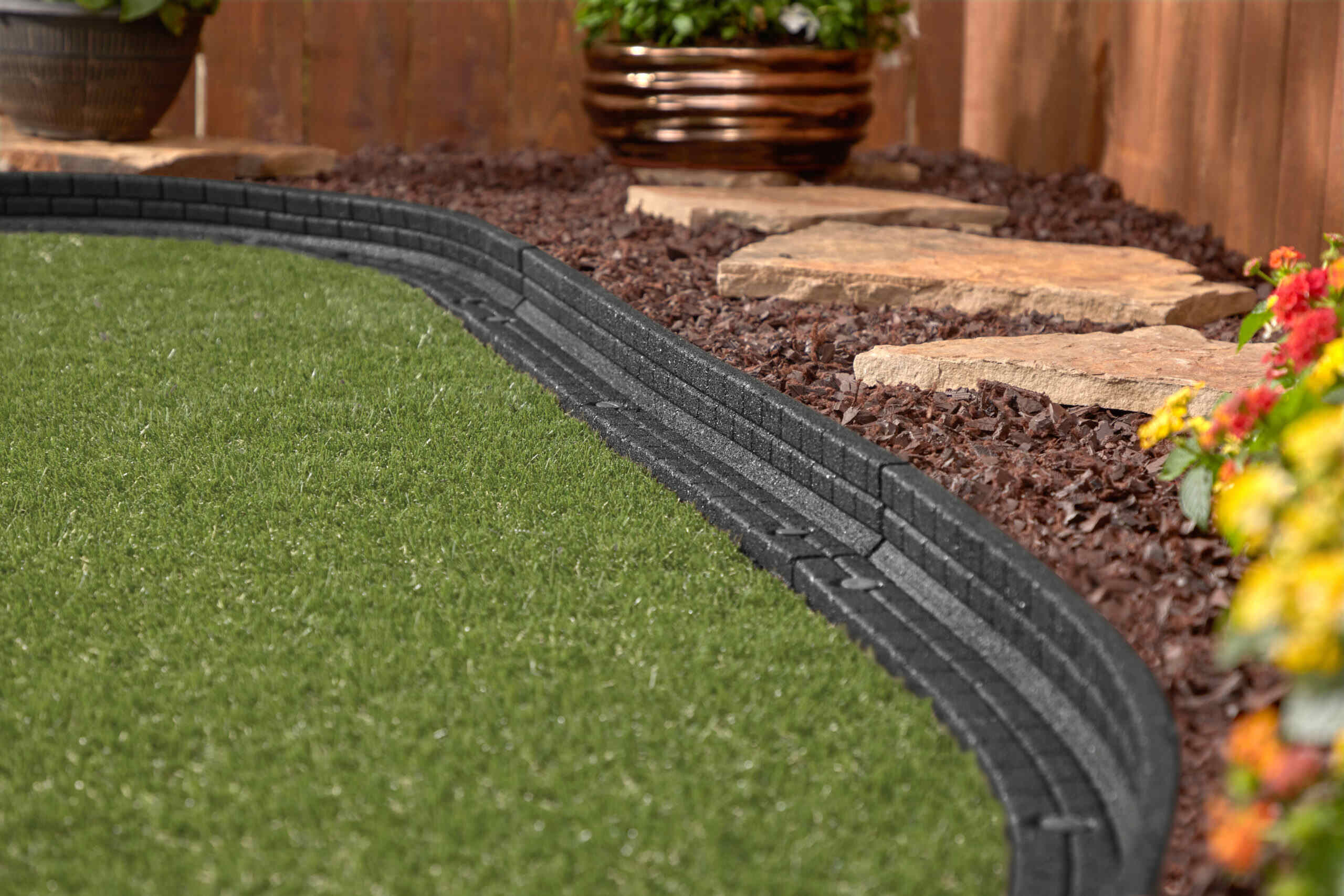Home>Gardening Tips and Tricks>Eco-Friendly Gardening>How To Mulch Around Trees
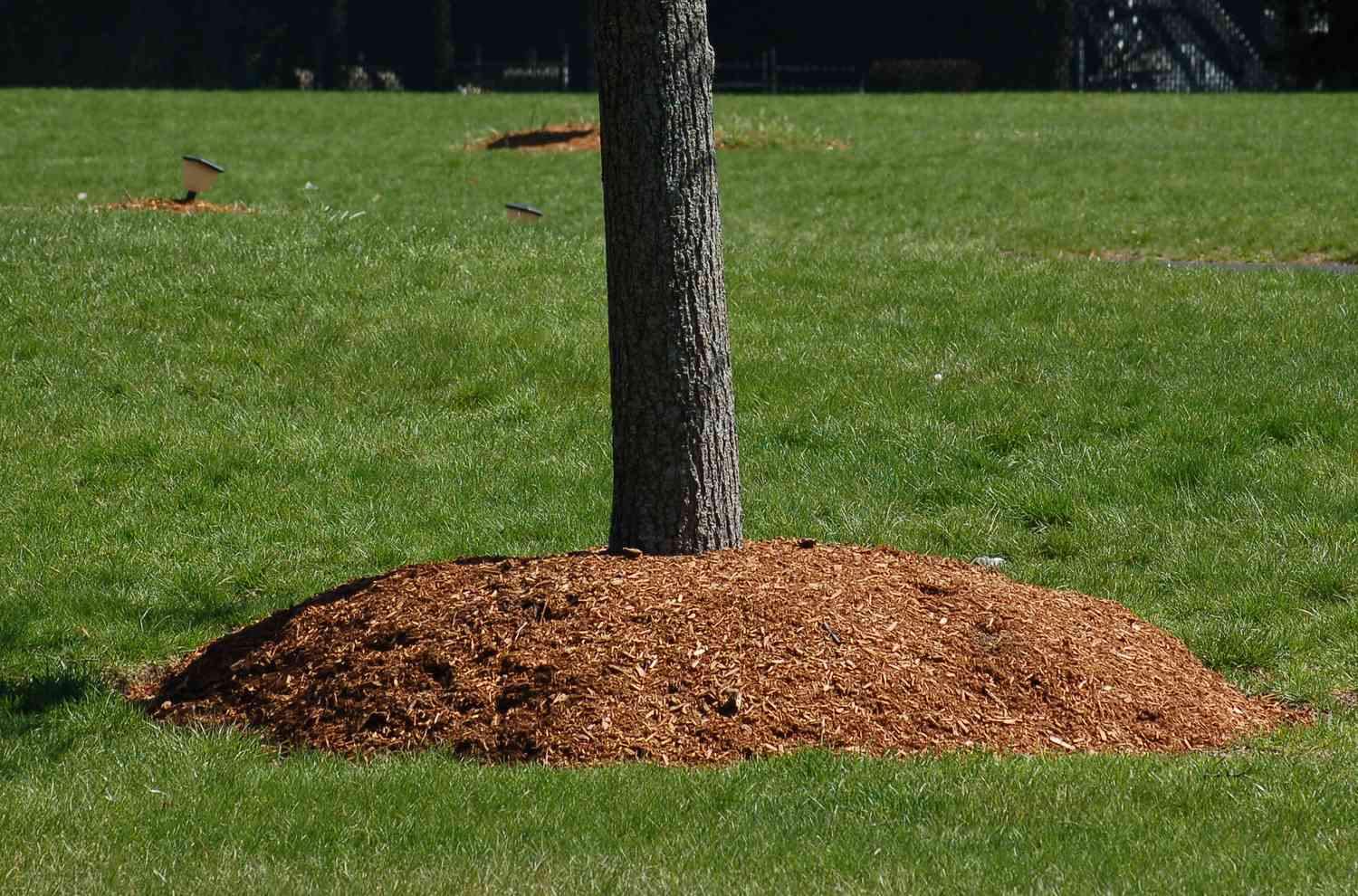

Eco-Friendly Gardening
How To Mulch Around Trees
Modified: February 8, 2024
Learn how to mulch trees using eco-friendly gardening techniques for a healthier and more sustainable garden.
(Many of the links in this article redirect to a specific reviewed product. Your purchase of these products through affiliate links helps to generate commission for Chicagolandgardening.com, at no extra cost. Learn more)
Table of Contents
Introduction
Welcome to the world of eco-friendly gardening! If you’re passionate about creating a sustainable environment and want to make a positive impact on the planet, then eco-friendly gardening is the way to go. One of the key practices in eco-friendly gardening is mulching, which not only helps in conserving water but also enhances the health and growth of your trees.
Mulching is the process of covering the soil around trees with a layer of organic or inorganic material. This layer acts as a protective barrier, providing numerous benefits to both the trees and the surrounding environment. From improving soil quality to reducing weed growth, mulching is an essential technique for maintaining healthy and thriving trees.
In this article, we will delve into the world of eco-friendly gardening and focus specifically on the art of mulching trees. We will explore the various benefits of mulching, the different types of mulch available, how to prepare the tree for mulching, the correct method of applying mulch, and the importance of mulch maintenance. By the end of this article, you’ll have all the knowledge you need to create a sustainable and beautiful garden using eco-friendly mulching techniques.
No matter the size or type of tree, mulching can make a significant difference in its overall health and well-being. So, let’s roll up our sleeves, grab our tools, and dive into the world of eco-friendly gardening as we learn the art of mulching trees!
Benefits of Mulching Trees
Mulching trees offers a plethora of benefits that contribute to their overall health and vitality. Let’s explore some of the key advantages of using mulch in your gardening practices:
- Moisture Retention: One of the primary benefits of mulching trees is its ability to retain moisture in the soil. This is especially important during hot and dry periods, as the layer of mulch acts as a barrier, preventing water from evaporating too quickly. The moisture is then slowly released into the soil, ensuring that the tree’s roots receive a consistent water supply.
- Weed Suppression: Mulching helps to suppress the growth of unwanted weeds around the base of the tree. By creating a barrier between the soil and sunlight, mulch inhibits the germination and growth of weed seeds. This reduces the competition for essential nutrients, water, and sunlight, allowing the tree to thrive without competition from unwanted plants.
- Soil Insulation: Mulch acts as a natural insulator for the soil, protecting the tree’s roots from extreme temperature fluctuations. During hot summers, mulch keeps the soil cool, preventing the roots from overheating. In colder months, it acts as a buffer, protecting the roots from freezing temperatures.
- Improved Soil Quality: Organic mulch, such as wood chips or compost, gradually breaks down over time, enriching the soil with essential nutrients. As the mulch decays, it adds organic matter to the soil, improving its structure, fertility, and drainage. This creates a favorable environment for beneficial soil organisms and microorganisms, which contribute to the overall health of the tree.
- Erosion Control: Mulching helps to prevent soil erosion around the base of the tree. The layer of mulch acts as a barrier, preventing rainwater from washing away the topsoil. This is especially important for newly planted trees or trees located on slopes, where erosion is more likely to occur.
- Root Protection: Mulching provides a protective layer around the tree’s roots, shielding them from potential damage caused by lawn mowers or other machinery. It prevents the roots from being compacted by foot traffic, allowing them to spread and grow more effectively.
- Aesthetically Pleasing: Apart from its functional benefits, mulching also enhances the visual appeal of your garden. The layer of mulch adds a finished and polished look, giving your trees a clean and well-maintained appearance.
By mulching your trees, you can create an environment that is conducive to their growth and well-being. From conserving water to improving soil quality, the benefits of mulching are undeniable. So, let’s move on to the next step and learn how to choose the right mulch for your trees!
Choosing the Right Mulch
When it comes to mulching your trees, choosing the right type of mulch is crucial for ensuring their optimal growth and health. Here are some important factors to consider when selecting the right mulch:
- Organic vs. Inorganic: Mulch can either be organic or inorganic. Organic mulches, such as wood chips, straw, or bark, are derived from natural sources and gradually break down over time, providing additional nutrients to the soil. Inorganic mulches, on the other hand, are typically made of materials like rocks, rubber, or landscape fabric, and do not break down. Both types have their pros and cons, so consider the specific needs of your trees and your gardening preferences before making a choice.
- Moisture Retention: Look for mulches that have good moisture retention properties. Organic mulches are generally better at retaining moisture compared to inorganic ones. Mulches that retain moisture effectively help to reduce watering needs and ensure a consistent water supply for your trees.
- Weed Control: Consider mulches that provide efficient weed suppression. Organic mulches, with their thicker texture, tend to inhibit weed growth effectively. Avoid using mulches that may contain weed seeds themselves, as this can lead to an increase in weed growth instead of suppressing it.
- Durability: Take into account the durability and longevity of the mulch you choose. Organic mulches may break down more quickly and require replenishment over time. Inorganic mulches, on the other hand, tend to be longer-lasting and may not require frequent replacement. Select a mulch that fits your maintenance preferences and budget.
- Aesthetics: Consider the visual appeal of the mulch. Choose a mulch that complements the overall aesthetic of your garden and enhances the beauty of your trees. Whether it’s the natural look of wood chips or the uniformity of colored rocks, find a mulch that aligns with your garden’s style.
- Availability and Cost: Evaluate the availability and cost of the mulch options in your area. Some mulches may be more readily available or affordable than others. Consider local availability and costs to make an informed decision that fits your budget.
By considering these factors, you can select the most suitable mulch for your trees and ensure that they receive the maximum benefits. With the right mulch in place, your trees will thrive and contribute to a thriving and eco-friendly garden. Now that you know how to choose the right mulch, let’s move on to the next step – preparing the tree for mulching!
Preparing the Tree for Mulching
Before you start applying mulch around your trees, it’s important to properly prepare the tree for the mulching process. Taking the following steps will ensure that your tree is ready to receive all the benefits that mulching has to offer:
- Clean the area: Begin by clearing away any debris, weeds, or grass near the base of the tree. This will create a clean and tidy area for applying the mulch and prevent any unwanted growth beneath the layer of mulch.
- Trim the tree: If there are any dead or diseased branches, now is the time to trim them. Pruning the tree will improve its overall health and appearance and make it easier to apply the mulch evenly. Remember to use sharp and clean pruning tools to prevent any further damage to the tree.
- Avoid mulch volcanoes: Take care to avoid creating “mulch volcanoes” around the base of the tree. This occurs when mulch is piled up against the trunk, which can lead to moisture retention and rotting of the bark. Create a slight indentation around the base of the tree to ensure that the mulch is evenly distributed and does not come into direct contact with the trunk.
- Aerate the soil: Before applying the mulch, gently aerate the soil around the base of the tree. This process helps to improve soil drainage and allows air to reach the tree roots, promoting healthy growth. You can use a small garden fork or aerating tool to create small holes in the soil.
- Apply a weed barrier (optional): If weed growth is a concern in your garden, consider using a weed barrier fabric before applying the mulch. This will provide an additional layer of protection against weed growth, ensuring that the mulch remains free from unwanted plants.
- Consider tree-specific needs: Different types of trees have varying requirements. For example, some trees prefer more acidic soil, while others thrive in alkaline conditions. Take into account any specific needs your trees may have and adjust the soil pH or add amendments accordingly before mulching.
By properly preparing the tree for mulching, you set the foundation for a successful and beneficial mulching process. Once the tree is ready, it’s time to move on to the exciting part – applying the mulch!
Applying Mulch
Now that your tree is prepared, it’s time to apply the mulch. Properly applying the mulch will ensure that it provides maximum benefits to your tree. Follow these steps to achieve the best results:
- Determine the right depth: The depth of mulch around the tree is critical. Apply a layer of mulch that is about 2-4 inches deep. Too little mulch will not provide adequate insulation and weed suppression, while too much mulch can suffocate the roots and promote moisture retention.
- Start from the base: Begin applying the mulch from the base of the tree, extending it outward in a circular shape. It’s important to cover the entire area around the tree’s base, including the root zone. Be careful not to pile the mulch directly against the trunk, as this can lead to moisture-related issues or rotting of the bark.
- Spread it evenly: Spread the mulch evenly throughout the desired area. Make sure the layer of mulch is consistent, without any clumps or uneven spots. This will provide uniform coverage and maintain a visually appealing appearance.
- Leave space around the trunk: As mentioned earlier, create a slight indentation or “mulch-free zone” around the base of the tree. This will prevent the mulch from coming into direct contact with the trunk, reducing the risk of moisture retention and potential damage to the tree.
- Extend beyond the drip line: Consider extending the mulch layer beyond the tree’s drip line, which is the area directly beneath the outermost point of the tree’s branches. This will provide extra protection and benefits to the tree’s root system, as the roots often extend beyond the canopy of the tree.
- Replenish when necessary: Over time, the mulch layer may break down or thin out. It’s important to monitor the mulch and replenish it as needed. Add new mulch to maintain the desired depth and reap the maximum benefits.
By following these steps, you can ensure that the mulch is applied properly, providing the ideal conditions for your tree to thrive. The next step is mulch maintenance, which is essential for the long-term success of your mulching efforts.
Mulch Maintenance
Maintaining the mulch around your trees is crucial to ensure its effectiveness and to keep your garden looking its best. Proper mulch maintenance involves the following steps:
- Regularly check for weed growth: Keep an eye out for any weeds that may emerge through the mulch. Remove them promptly to prevent them from competing with your trees for nutrients and water.
- Refresh the mulch layer: Over time, the mulch layer may break down or become thin. Periodically refresh the layer by adding new mulch to maintain the desired depth. This will help retain moisture, suppress weeds, and provide insulation for the soil.
- Avoid piling mulch against the trunk: As your tree grows, be mindful of the mulch accumulating near the trunk. Ensure there is a gap or “mulch-free zone” around the base to prevent excess moisture retention and potential damage to the tree.
- Monitor moisture levels: Keep an eye on the moisture levels in the mulched area. While mulch is meant to conserve water, it’s important not to overwater the tree. Check the soil regularly and adjust your watering schedule accordingly.
- Take note of insect or pest activity: Inspect the mulched area regularly for any signs of insect or pest activity. If you notice any issues, take appropriate measures to address them promptly and protect your tree.
- Consider adjusting the mulch seasonally: In colder regions, you may need to adjust the mulch depth during winter to provide extra insulation and protection against freezing temperatures. Consult local gardening resources or experts for specific recommendations based on your climate.
By regularly maintaining and monitoring the mulch around your trees, you can ensure that it continues to provide the desired benefits and contributes to the overall health of your garden. Now that you’re equipped with mulch maintenance knowledge, let’s explore some common mistakes to avoid when mulching your trees.
Common Mistakes to Avoid
While mulching trees is a beneficial practice, there are some common mistakes that gardeners should avoid to ensure the best results. By steering clear of these errors, you can maximize the advantages of mulching and promote the optimal growth of your trees. Here are some common mistakes to avoid:
- Overmulching: Applying mulch that is too thick or piling it against the trunk of the tree can cause moisture retention, leading to root rot and fungal diseases. Remember to maintain the recommended mulch depth of 2-4 inches and leave a gap between the mulch and the trunk.
- Using inappropriate materials: Choosing the wrong type of mulch can have a negative impact on your trees. Avoid using materials such as plastic or rubber mulch that do not break down and contribute to soil health. Instead, opt for organic mulch options like wood chips, straw, or compost that provide nutrients to the soil as they break down.
- Neglecting to weed before applying mulch: Failing to clear the area of weeds and grass before applying mulch can lead to their growth being accelerated under the mulch. Take the time to remove any existing vegetation to prevent unwanted plants from taking over.
- Mulch mounding: Forming a mulch volcano or piling the mulch against the trunk can create a moist environment that promotes rot and fungal diseases. Keep the mulch layer even, extending it outward from the base of the tree while keeping the area around the trunk clear.
- Not replenishing the mulch: Mulch gradually breaks down over time, so it’s essential to replace and replenish it regularly. Neglecting to refresh the mulch layer can reduce its effectiveness in suppressing weeds, retaining moisture, and nourishing the soil.
- Not considering tree-specific needs: Different types of trees may have specific requirements. It’s important to research the particular needs of your trees, such as soil pH or moisture preferences, and adjust your mulching practices accordingly.
- Applying mulch too close to the tree trunk: Mulch piled up against the trunk can create a moist environment that attracts pests and promotes diseases. Maintain a gap between the mulch and the trunk to prevent potential damage.
By avoiding these common mistakes, you can ensure that your mulching efforts are effective and promote the health and longevity of your trees. Now that you’re aware of common mulching mistakes, you’re equipped to create a beautiful and sustainable garden.
Conclusion
In conclusion [removed per your request], eco-friendly gardening practices, specifically mulching trees, offer numerous benefits that contribute to the health and growth of your garden. By choosing the right type of mulch, preparing the tree properly, and applying the mulch correctly, you can create an environment that promotes optimal tree growth, conserves water, suppresses weeds, and improves soil quality. Mulching also helps prevent soil erosion and protects the tree’s roots from extreme temperatures and potential damage. However, it is essential to avoid common mistakes such as overmulching, using inappropriate materials, neglecting weed control, and piling mulch against the trunk.
Maintaining the mulch layer and monitoring the moisture levels, as well as addressing any insect or pest issues, are crucial in ensuring the long-term success of your mulching efforts. By following these practices, you can create a beautiful and sustainable garden that not only benefits your trees and plants but also contributes to the overall health of the environment.
So, let’s embrace eco-friendly gardening and incorporate the art of mulching into our gardening practices. By doing so, we can create a thriving garden that not only enhances the beauty of our surroundings but also supports the health and well-being of our trees and the planet as a whole.



